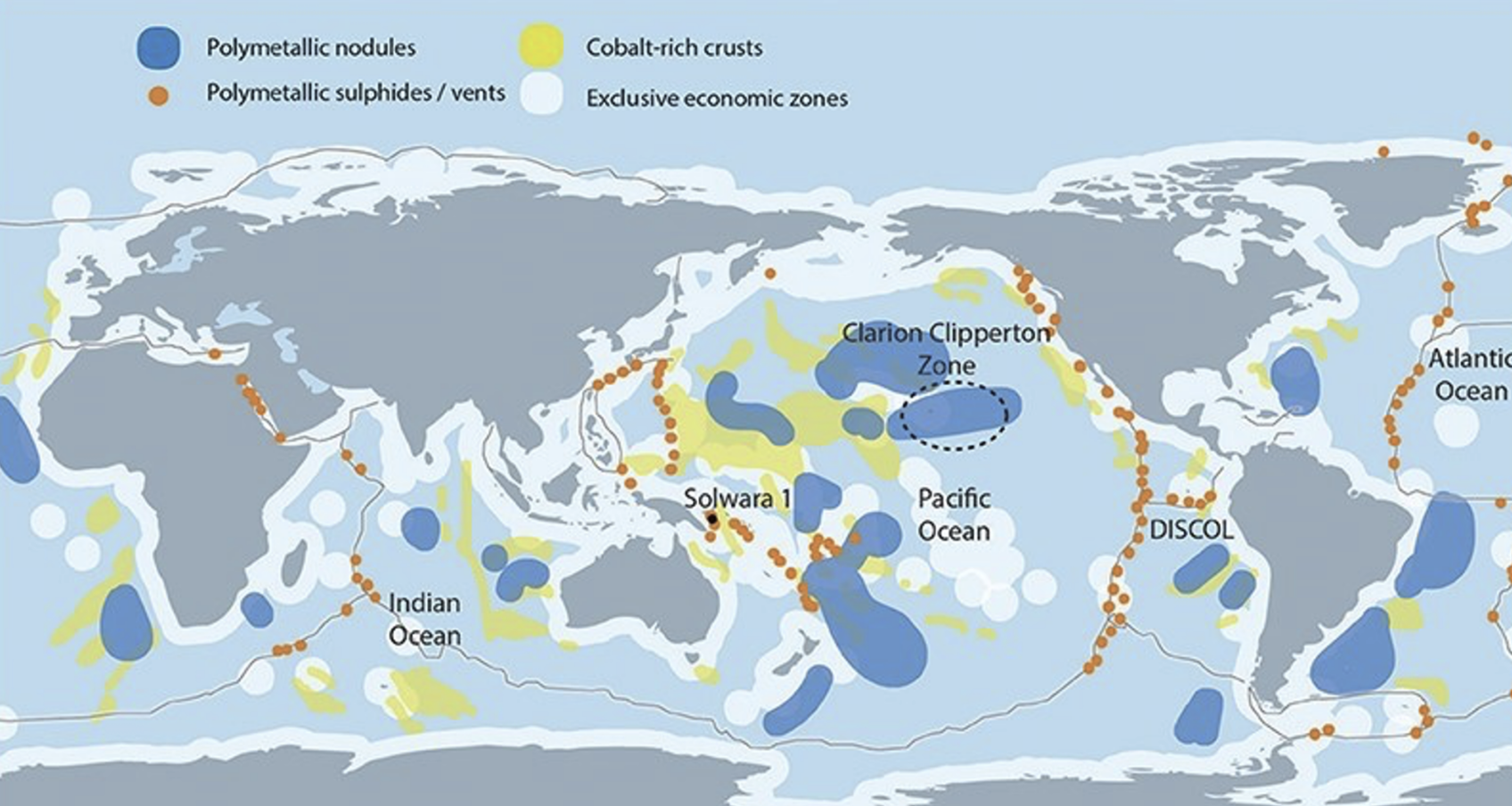Dig under the sea
Seabeds could become the next frontier - subsea consortiums beware!
Interest in seabed mining is increasing as the pressure on extracting rare metals and minerals is pushing nations to explore new, geopolitically-neutral areas. The location of the richest seabeds, except in the middle of the Pacific Ocean, often coincides with the routes taken by subsea cables.
As Institut Polytechnique de Paris recently reports, coastal states have rights over resources located in their exclusive economic zones; beyond that, the sea is a common zone where the status of mining remains to be defined. Yet it is a zone rich in resources, particularly sulphide clusters, cobalt-rich crusts and polymetallic nodules. The International Seabed Authority (ISA) is negotiating a regulatory framework for the exploitation of deep-sea resources. These negotiations are giving rise to a new geopolitical sphere where traditional states alliances are questioned, and companies play an increasingly influential role.
Subsea cable owners and consortiums should take part in the discussion and ensures their rights, alongside other users of seabeds such as pipeline and electricity cables, are protected. Recent landslides have cut several cables, one may not need more disruption.

